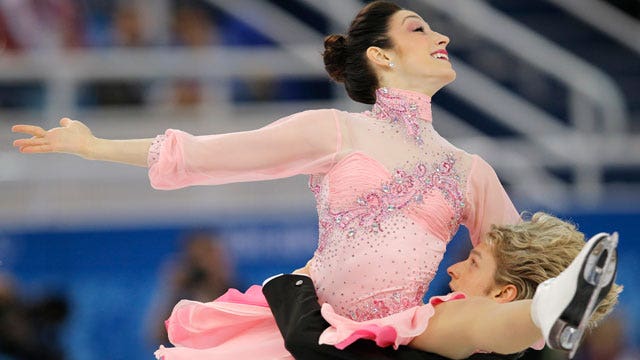Keep in Olympic shape with sports massage
Olympians use massage to help keep their bodies in prime condition by increasing joint mobility, circulation and strength. But for those of us who won't be competing for gold in Sochi, sports massage can still be a great way to stay in the game
Olympians use massage to help keep their bodies in prime condition – by increasing joint mobility, circulation and strength.
But for those of us who won't be competing for gold in Sochi, sports massage can still be a great way to stay in the game.
Massage therapist Laura Stevenson-Flom, licensed massage therapist and owner of In Balance Therapeutic Massage in Colchester, Conn., worked with some of the world's most elite athletes at the 2012 Olympics.
"In London, everybody got massage. Everybody including the trainers, including the coaches. When you get up to that level of competition, it is an everyday thing," she said.
Stevenson-Flom spent 14-hour days in the Olympic village, where she performed 60- to 90-minute massage sessions for athletes getting ready for competition and for those returning from their sport.
"A massage therapist has the unique ability to feel the soft tissue, to be able to keep it healthy before something happens to it, or feel what’s going on in the soft tissue and recognize how to fix that," said Stevenson-Flom.
For recreational athletes, Stevenson-Flom says sports massages relieve pain and inflammation, prevent injury and don’t take a lot of time.
"This is not your typical spa massage/athletic massage. It’s more specific,” she said. “You're going to be working on a hip flexor, or a bad shoulder, or a piriformis muscle, or some ankle injuries. And then a session can really be pared down to a half-hour [or] 45 minutes."
Whether you're training for a biathlon or a 5K, Stevenson-Flom gives the same advice.
"You have a couple of choices: You find time to get this massage, or you're going to end up finding time sitting on your couch, because you're going to be injured," she said.
Stevenson-Flom said the most important thing to remember is to do your homework when finding a massage therapist. To find accredited American Massage Therapy Association (AMTA) therapists, visit FindAMassageTherapist.org.





















